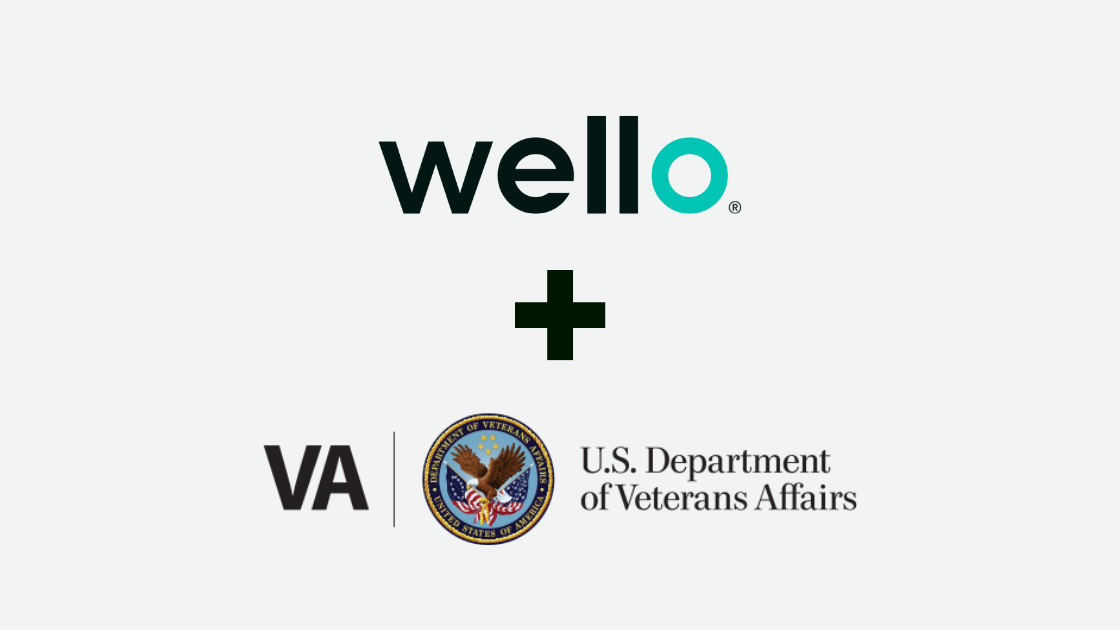Teachers being instructed to deplete their own sick days, nurses being forced to come to work while Covid-positive, fast-food workers who can’t afford to take time off—while Covid case numbers may be slightly dropping, the threat of employees coming to work while actively sick lingers.
Many low-wage workers have always been in vulnerable positions of choosing between working while sick or sacrificing crucial pay, but employers that leave the decision-making at the employee level may be placing the entire workplace at risk. Ultimately, a lack of clear contagious illness mitigation policies and enforcement of these policies could prove to be a disastrous strategy, impacting employee health, trust, and the bottom line.
Staffing challenges = unclear sick policies
As the LA Times reported recently, some workplaces have adopted the unspoken (and sometimes outrightly spoken) rule that because Covid is so widespread, employees can continue to work even while feeling ill. Some of the pressure on employees to continue to work even while displaying symptoms that could be Covid or another contagious infection is due to extreme staffing shortages faced in many different workplaces right now.
But any workplace that encourages (or outright mandates) employees to continue to work while sick, strictly in order to alleviate staffing challenges, will ultimately only perpetuate the cycle of shortages. Because even one contagious employee has the potential to become a superspreader, especially if the workplace is set up in a way that mixed interactions (such as overlapping shift workers) are common.
Research has shown that unlike early pandemic fears of asymptomatic spread, the risk of single superspreaders are actually more of a risk for causing outbreaks, especially in settings where more randomized individuals are meeting.
Additionally, encouraging—or overlooking—employees working while sick could prove to be a financially disadvantageous solution, because it could end in scenarios that include: an employee progressing to becoming severely ill, requiring extensive time off and/or medical treatment, multiple other employees becoming infected, exacerbating staff shortages and leading to necessitating a workplace closure, or even the potential of infecting visitors and clients.
The solution? Clear policies + infection mitigation strategies
Instead of encouraging employees to come into work while displaying symptoms of a viral or other type of infection, an effective workplace solution should be focused on clear policies that outline what employees need to do when experiencing symptoms. That way, there is no question for employees nor middle managers when faced with the difficult question of: mildly ill employee vs. a staffing shortage?
Setting clear policies helps ensure the decision is out of your employees’ and staff hands and enforced in a way that supports the health and well-being of the entire workplace. Additionally, an infection mitigation strategy should be focused on screening practices that actively identify when an employee or visitor is displaying symptoms—and not necessarily simply relying on self-reporting or vaccination status.
Symptom identification as the key
And just how is active symptom identification accomplished in a safe, secure, and effective way for anyone who enters the workforce that will clearly assess if a risk is present? A baseline and touchless temperature and health screening tool like the welloStationX can offer a solution that can provide an objective solution for employee screening in a layered approach to more clearly identify risk.
Research has noted that early symptoms when present in the course of a viral infection could indicate a higher viral load and thus, a higher risk of potential contagiousness. That points to the importance of identifying early symptoms—sometimes before an individual even recognizes symptoms—as a critical means of infection mitigation in the workplace.
The threat of losing employees, both long and short-term, to infectious challenges in the workplace, is one that has to be carefully navigated by employers. But a policy—or lack thereof-–that ignores the risks of allowing employees to continue to work in a physical manner while actively sick, places the entire workplace at risk.


